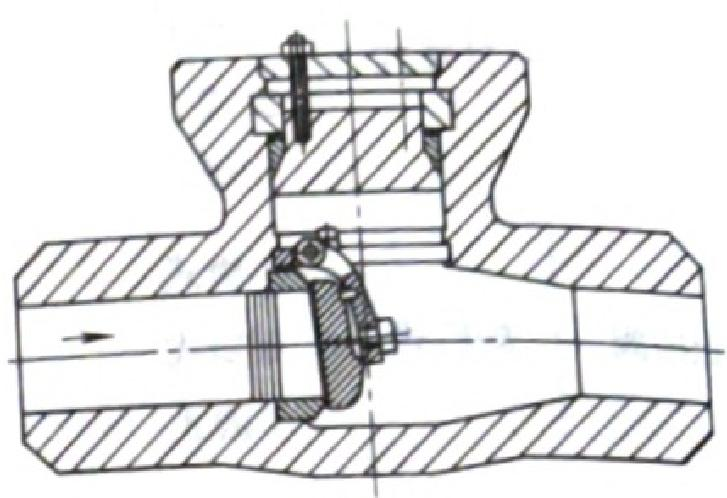How Do I Fix A Leaking Pressure Relief Valve?
How to fix a leaking pressure relief valve?
Repairing a leaking pressure relief valve is a job that requires expertise and knowledge, especially when dealing with high pressure or hazardous chemicals. Here are the detailed steps and precautions:
1. Close relevant valves: First, close all valves related to the pressure relief valve to ensure that there will be no pressure or fluid flow during the repair process.
2. Release the pressure: If there is a safety valve near the pressure relief valve, you can open the safety valve to release the internal pressure.
3. Prepare tools and materials: Make sure you have the appropriate tools, such as screwdrivers, wrenches, cleaning cloths and possibly sealant.
4. Appearance inspection: Observe the pressure relief valve for any obvious damage, such as cracks, fallen parts or abnormal color.
5. Leak check: Gently touch the area around the pressure relief valve to check for signs of leakage. Leaks may be caused by corrosion, wear, or other causes.
6. Cleaning: Use a clean cloth and appropriate detergent to gently clean the outside and inside of the pressure relief valve. Remove any dust, dirt or residue.
7. Check the seals: Check whether the seals (such as O-rings) of the pressure relief valve are worn or damaged. If necessary, replace the seal with a new one.
8. Replace parts: If any parts are found to be damaged (such as washers or springs), they need to be replaced. Make sure to use materials and specifications that are compatible with the original parts.
9. Reassembly: Reassemble the pressure relief valve in reverse order, making sure all parts are installed correctly and fit tightly.
10. Test: Reopen the relevant valves and conduct a pressure test on the pressure relief valve to ensure that it is working properly and has no leakage.

What should you pay attention to when repairing a leaking valve?
1. Pay attention to safety: When performing maintenance, always pay attention to safety. If you feel unwell or notice a serious problem, you should stop working immediately and seek professional help.
2. Do not operate in a closed environment: When performing this type of work, ensure that the work area has good ventilation (i.e. air circulation). This reduces the risk of inhaling harmful substances.
3. Avoid using inappropriate tools: Use tools specially designed for pressure relief valves and avoid using tools that may cause injury or misoperation.
4. Consider environmental factors: When handling chemicals, please consider their impact on the environment. Ensure that environmental regulations are observed during disposal and use environmentally friendly materials where possible.
5. Avoid using contaminated parts: Always ensure that the parts and materials used are not contaminated or damaged. This ensures equipment performance and safety after repair.
6. Wear appropriate protective equipment: Always wear appropriate protective equipment such as protective clothing and goggles. This protects you from possible injury and contamination.
7. Keep in touch with professionals: If you encounter problems or difficulties that cannot be solved, you should always contact professionals for consultation or help. They can provide advice and guidance on how to deal with the problem correctly.
8. Record the maintenance process: When performing maintenance work, record the steps taken and problems discovered. This helps track issues and ensure smooth future repairs. This also provides you with insight into possible problems or failure modes, helping to prevent future problems.
When repairing a leaking pressure relief valve, proper safety precautions and technical requirements should be followed, and the work should always be performed with safety and performance in mind. By following these steps and precautions, you can ensure a smooth repair and restore the normal function of your pressure relief valve while minimizing potential risks and problems.







